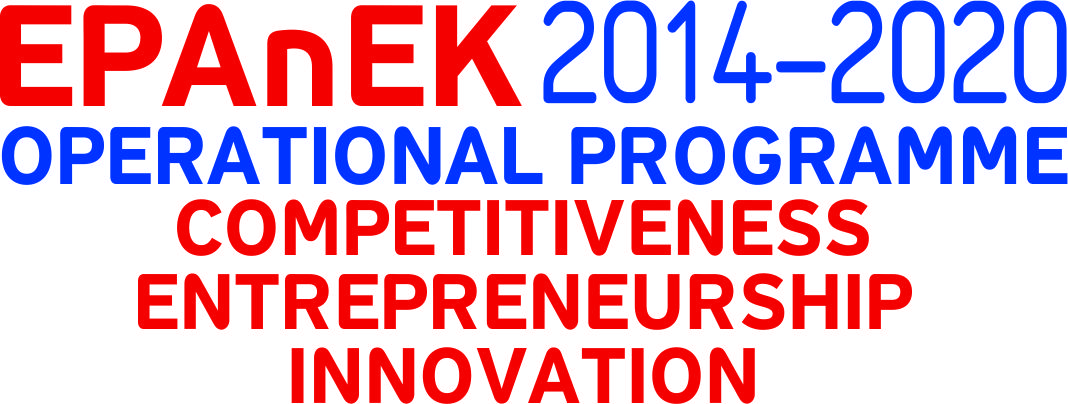SNPbb-chip
Title: Development of high density microstructures of Unique Nucleotide Polymorphisms (SNP-chip) for gilthead sea bream (Sparus Aurata) and Eurobean sea bass (Dicentrarchus labrax)
Funding Source: EPAnEK Aquaculture
Budget IMBBC: 52,315€
Start / End Date: 2019 - 2022
Project Progress: 100%
Research Directions:
Aquaculture Genetics
Functional and Comparative genomics
Population genetics and phylogeography
Description:
 The Mediterranean production of European seabass and gilthead seabream is less than 15% of the total European aquaculture production. Seabass and Seabream are the two most economically important species for the Mediterranean aquaculture and among the Mediterranean countries; Greece is the biggest producer of in the European Union, having 60% of the seabream production and 52% of the seabass production.
The Mediterranean production of European seabass and gilthead seabream is less than 15% of the total European aquaculture production. Seabass and Seabream are the two most economically important species for the Mediterranean aquaculture and among the Mediterranean countries; Greece is the biggest producer of in the European Union, having 60% of the seabream production and 52% of the seabass production.
The already developed (selection) breeding programs in the two species, although in their infancy, have contributed significant genetic progress in growth related traits. However, the same breeding programs are lacking of success when traits that are difficult to measure on an individual basis (e.g. Feed Conversion Ratio) or traits with low heritability (e.g. disease resistance traits) are considered.
The development of a new, common for both species, high density SNP micro array (SNP-chip) is considered to be the modern and efficient genomic tool to increase the rate of genetic improvement in traits that are already selected with classical selection methods, but also, in many other traits that are considered to be of great importance in the Greek aquaculture.
The mapping of Quantitative Trait Loci (QTL), which are possibly affecting production traits of economic importance, in the genome of both species will be highly valuable in the (selection) breeding programs through the utilization of Marker Assisted Selection and/or the application of new high accuracy methods in the genetic evaluations, such as the Genomic Selection







